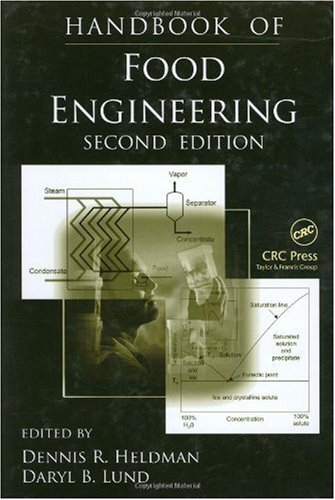

Most ebook files are in PDF format, so you can easily read them using various software such as Foxit Reader or directly on the Google Chrome browser.
Some ebook files are released by publishers in other formats such as .awz, .mobi, .epub, .fb2, etc. You may need to install specific software to read these formats on mobile/PC, such as Calibre.
Please read the tutorial at this link: https://ebookbell.com/faq
We offer FREE conversion to the popular formats you request; however, this may take some time. Therefore, right after payment, please email us, and we will try to provide the service as quickly as possible.
For some exceptional file formats or broken links (if any), please refrain from opening any disputes. Instead, email us first, and we will try to assist within a maximum of 6 hours.
EbookBell Team

4.8
54 reviewsHandbook of Food Engineering, Second Edition assembles the most recent information available for the efficient design and development of processes used in the manufacturing of food products, along with traditional background and fundamental information. In keeping with the comprehensive and informative style of the original, this second edition focuses on the thermophysical properties of food and the rate constants of change in food components during processing. It highlights the use of these properties and constants in process design.
Beginning with a review of the properties of food and food ingredients and the traditional unit operations associated with food manufacture, the book moves on to discuss specific points associated with freezing, concentration, dehydration, thermal processing, and extrusion. Key chapters cover basic concepts of the transport and storage of liquids and solids, as well as important topics in packaging, cleaning, and sanitation. New information on membrane processes addresses not only liquid concentration, but also other applications for membranes in food processing. The chapters on mass transfer in foods and food packaging have been extensively revised.
Delineating the concepts of engineering as they are applied to the latest advancements in food manufacture, Handbook of Food Engineering, Second Edition contributes to the evolution of food engineering as an interface between engineering and other food sciences.